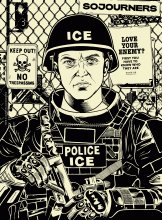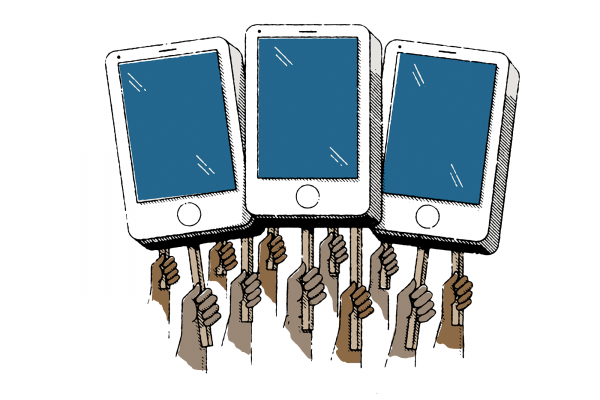f you’ve checked your social media recently, you may have noticed profile pictures with a blue background. This is how some are showing solidarity with the peaceful demonstrators in Sudan who, in the face of extreme violence and a near-total internet blackout, are demanding a civilian government.
Last December, the Sudan Professionals Association (SPA), an umbrella organization of trade unions, organized a large demonstration in Khartoum, the nation’s capital, focused on the dire economic situation in the country. The public outpouring grew as people took to the streets in more than 90 locations throughout Sudan. These new protests, triggered by price hikes and food shortages, quickly developed into anti-government protests and inspired even more actions around the country. The SPA decided to change its target: Instead of focusing on the economy, the SPA began to demand the removal of the military-led regime.
Sudan is not new to nonviolent revolutions. The Sudanese took to the streets in organized mass demonstrations and general strikes that ended dictatorships in 1964 and 1985.
Read the Full Article

